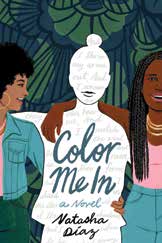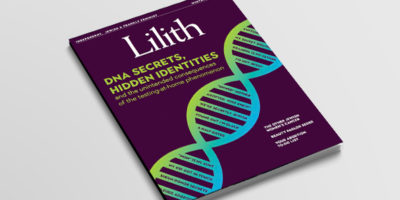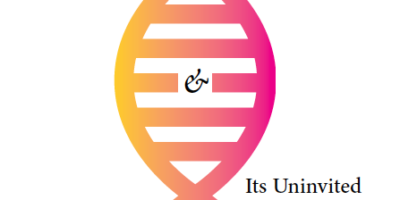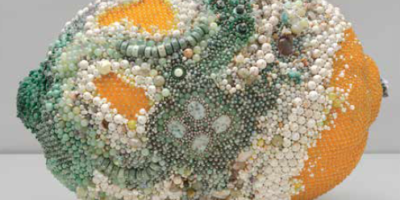
A White-Passing Black Jew in NYC, via YA Fiction

As a Black Jewish woman, it feels inevitable that whenever a book comes out about being Black and Jewish, someone’s going to tell me to read it. So when someone asked me to review Color Me In by Natasha Diaz, I was skeptical. Usually these books are not actually written for me—they are written to explain me to other people. As I began to read Color Me In that was my initial impression: Another way to explain “other” to the mainstream gaze rather than a celebration of identity without the burden of explanation. But, as I was happy to discover, the book is much more than that.
The book is Diaz’s semi-autobiographical novel for young adult readers about growing up as a white-passing Black Jew in New York City. The beginning of 15-year-old Neveah’s journey reads very much like one of those “explaining” books. Neveah has moved from her father’s cushy home in the suburbs to her mother’s family home in Harlem, and we follow along as she experiences Black church and family life for the first time. Neveah cannot seem to find her voice and is often silent when it matters most. Her Black cousins are impatient with her hesitation to speak out on their behalf when she’s deemed more attractive by dint of her lighter skin. Will Neveah learn to speak her truths?
But Diaz’s story hits its stride as Neveah finds her mother’s journal and begins to unwind the history of promises, broken trust and trauma that lead to Neveah’s present circumstances. It’s fitting that one of the most vibrant characters in the book is New York City itself, complete with paternal bodega owners, gossiping church mothers and student rabbis. Learning to live in a city that eats and prays in so many languages is a key that unlocks Neveah’s ability to speak.
There were so many elements of Diaz’s story that resonated with my own childhood: Does being Jewish make me less black? (Nope.) Is it my job to explain Jews to Black folks, or Black folks to Jews? (Hell no). Can these disparate parts of my family communicate across race and class barriers? (If they want to.) Does my light skin require me to speak up more, or less? (Depends on who is in the room.)
I cried as the story culminated in a ritual in which open mic nights and church choirs intertwined with b’nai mitzvahs and bubbes to create a ceremony which is distinctly, beautifully necessary. As more Black and Brown people become visible within American Judaism, the recognition and creation of rituals by and for us is everything. Thank you Natasha Diaz for seeing us, for being us—and for writing this book.
Autumn Leonard is an anti-racism trainer and facilitator who creates high-quality, child-centered programming that furthers racial justice; she also teaches yoga in NYC schools through the Urban Yoga Foundation. She says, “I inherited a love of equality from my parents, who braved laws against interracial marriage and got legally hitched in 1960.”





